Camilla Wills
An intervention by Camilla Wills , an artist and editor associated with the new Espai 13 season.
An intervention by Camilla Wills , an artist and editor associated with the new Espai 13 season.
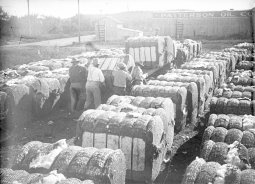
Gomis travelled repeatedly to the United States in the 1920s, at a time of vertiginous transformation in the country.
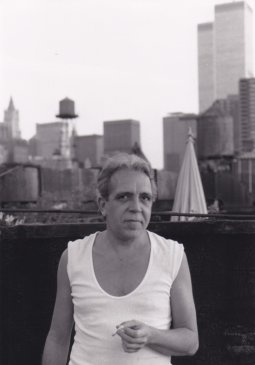
Photography exhibition about the artist and performer Joan Casellas.
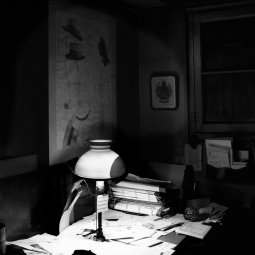
This exhibition of photographs by Joaquim Gomis brings together a selection of the extensive account that this close friend of Joan Miró and Joan Prats gave of the hat shop that the Prats family owned in Rambla de Catalunya.
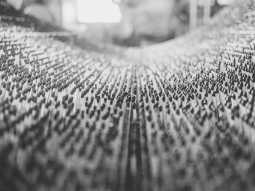
Photography exhibition at the Foyer of the museum relating to Weiyan Low pictures.
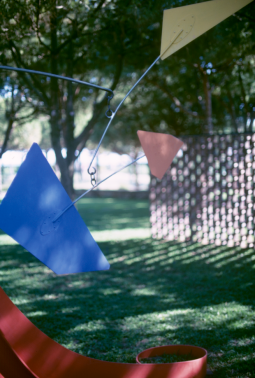
A selection of photographies remembering the visit of American artist Alexander Calder at Mont-roig del Camp.
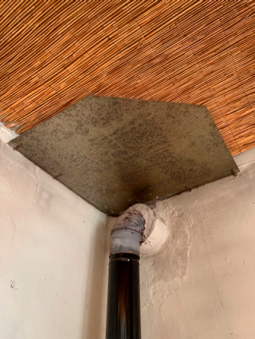
Photography exhibition by the artist Oriol Enguany.
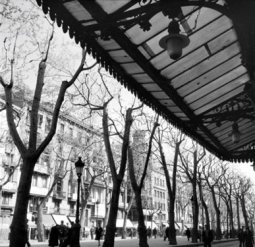
Picasso Series is a selection of photographs by Joaquim Gomis taken in 1968 that document a walk around the streets of the Picasso’s Barcelona.
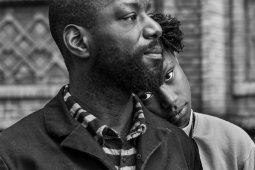
Exhibition of portrait photographs of residents of the city of Rotterdam taken by Shehera Grot.
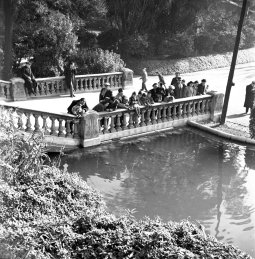
Exhibition of photographs taken by Joaquim Gomis in various spots around the city of Barcelona and in Sitges and El Masnou between the 1940s and early 1960s.
about "Illusions and Illusionism. Photographs by Joaquim Gomis"
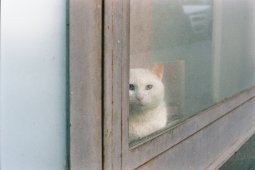
Bimbo is an exhibition of photographs in the lobby of the Fundació Miró, which accompanies the temporary exhibition Paul Klee and the Secrets of Nature. It takes the passion for cats shared by the dancer and photographer Nora Baylach and Paul Klee as the starting point.

Long days, short nights features photographs that Joaquim Gomis took during the summers he and his family spent in Sitges and Ibiza.